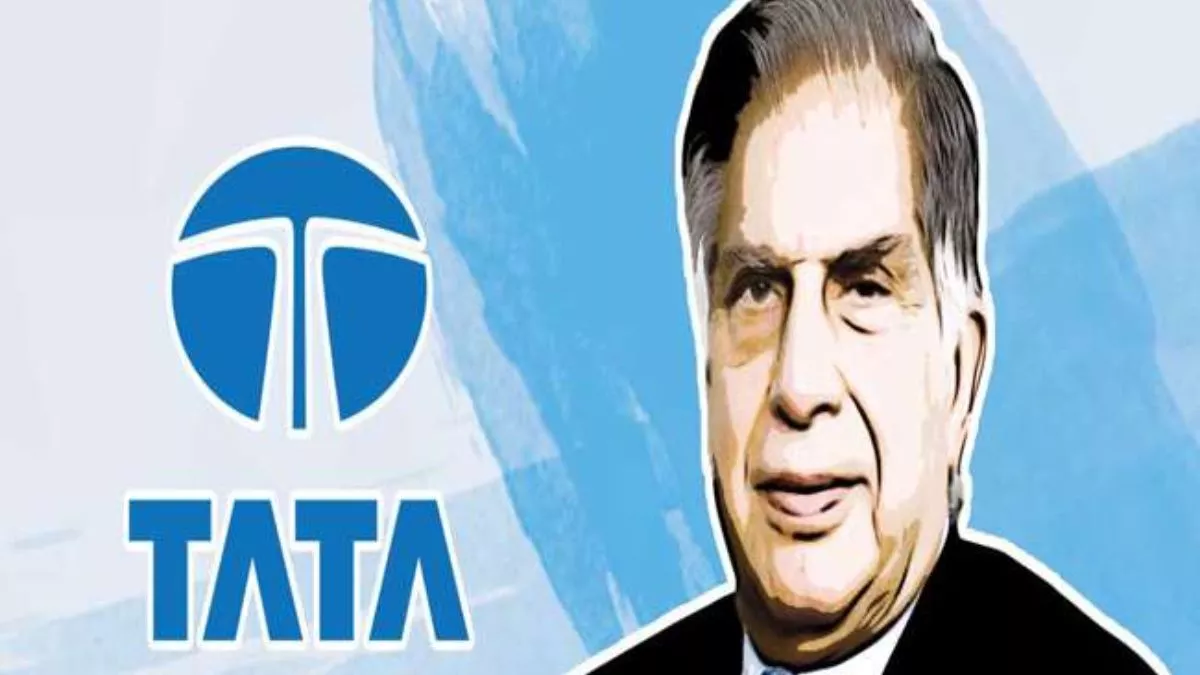Former Tata Sons Chairman, Ratan Tata, has passed away, leaving behind a legacy of innovation and transformation. Ratan Tata was instrumental in propelling Tata Motors into one of India’s leading automobile companies, and under his leadership, India saw its first indigenous car. Let’s take a look at the remarkable journey of Tata Motors, from its early days to becoming a top player in the Indian auto industry, and how it introduced India’s first indigenous car.
Tata Motors’ Beginnings Before Independence
Tata Motors began its journey in 1945, before India’s independence, as Tata Engineering and Locomotive Company (TELCO). Initially, the company was focused on manufacturing train engines. During World War II, Tata contributed to India’s defense by producing a tank named ‘Tatanagar Tank,’ which proved to be a formidable weapon in the war.
The Launch of Tata’s First Car in 1991
After some years, Tata entered the automobile industry in collaboration with Mercedes-Benz. In 1954, Tata launched its first commercial vehicle. However, this partnership lasted only until 1969. In 1991, Tata Motors made its foray into the passenger vehicle segment by launching the Tata Sierra, India’s first indigenous car. While many people believe the Tata Indica was the first, the Sierra marked the beginning.
How Tata Indica Changed Tata Motors’ Fortune
- After the Sierra, Tata introduced the Tata Estate and Tata Sumo to the Indian market. The Tata Sumo became an instant hit, but it was the Tata Indica that changed the company’s fortunes. Launched in 1998, the Indica was Tata’s first family car, and it quickly took the country by storm.
- The Indica gave tough competition to Maruti, receiving 1.15 lakh orders within a week of its launch. Within two years, it became one of the best-selling cars in India.
Launching the World’s Cheapest Car
- In 2009, Tata Motors made headlines by launching the world’s cheapest car, the Tata Nano, with a starting price of just ₹1 lakh. The Nano was designed for low-income families who could afford a bike but not the cars available in the market at that time.
- However, by 2019, the demand for the Tata Nano began to decline, and Tata Motors decided to halt its production. There are now reports suggesting that Tata Motors may reintroduce the Nano as an electric vehicle (EV).
Ratan Tata’s visionary leadership helped shape the future of Tata Motors, transforming it from a commercial vehicle manufacturer into a key player in the passenger vehicle segment. His legacy will continue to inspire innovation in India’s automotive industry.



